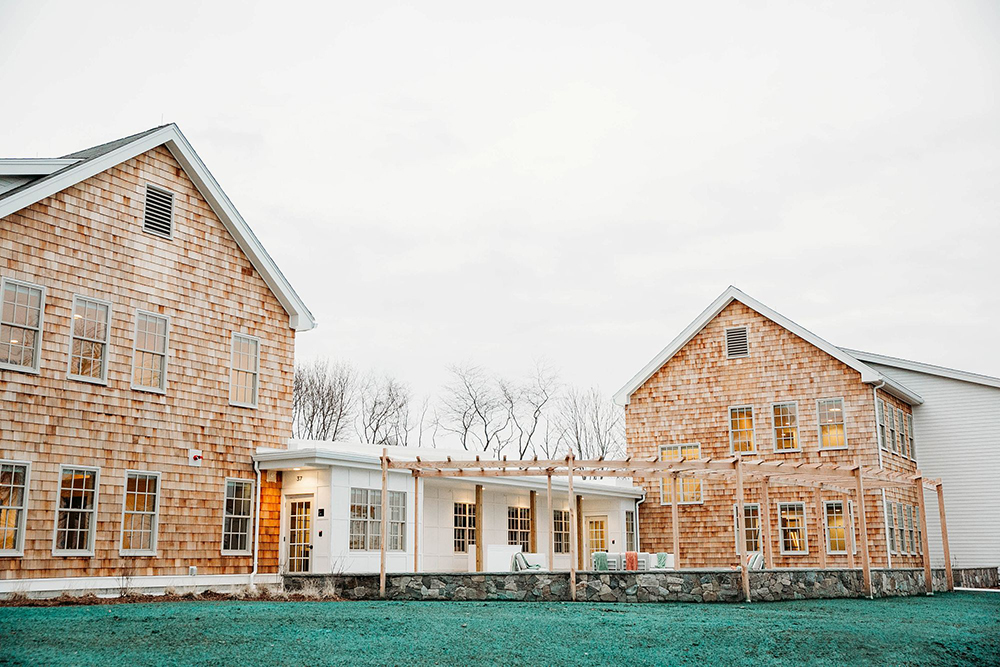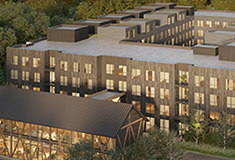How interest rates impact a borrower’s purchasing decision by Zink
In order to keep the economy stable, one of The Federal Reserve Board’s most important tasks is to establish interest rates for the United States through the use of monetary policy. In times of economic downturn, the Fed often lowers interest rates to encourage additional investment spending. On the contrary, in a growing economy, the Fed may increase interest rates to keep inflation at bay. Their goal is the continued pursuit of maximum employment along with stable prices. These rate fluctuations directly affect the borrowing decisions of Bank customers and their purchasing habits.
With higher borrowing costs, an investor’s risk appetite may change. Certain projects may become harder to justify when the cost to borrow is greater than anticipated. For example, if a person is interested in purchasing a $1 million investment property, they will expect to pay a certain amount each month on their mortgage and operating costs. As rates increase, monthly payments will also go up, a potential disincentive to purchase the investment property if the monthly cash flow no longer can support the monthly expenses.
Further, as interest rates rise, a natural balance in the value of real estate will occur. Previously overpriced, or even market-priced, properties may suddenly find their value diminished due to a buyer’s inability to cover long-term operating costs. As was noted in the example above, interest rates can severely affect their decision to purchase. The value of the real estate you purchase today could be affected by the interest rate changes of tomorrow. Therefore, when constructing a sell-out project, whether condominiums, office space or retail, it is important to maintain a focus not only on your competition, but on your buyer’s ability to afford financing.
There are some markets that could remain insulated to interest rate risk, but not the competition risk. For example, markets located directly off of mass transit and in high employment sectors will almost never see a dramatic reduction in the value of their properties as a result of increased interest rates due to their convenience and locality. However, when located in a high demand market, you will continually be faced with competition either building new properties or improving existing structures. In these scenarios, it’s important to be mindful of your neighbors in order to understand the true value of your product in the marketplace.
Ultimately, just like with your competition, it is important to continually keep an eye on the Federal Reserve’s monetary policies as you are making your investment decisions. Rate increases and decreases impact property value. Don’t get caught off guard. Take the time to examine your portfolio on an ongoing basis and consider appropriate shifts when needed to align with the existing interest rate environment.
Mark Zink, vice president commercial lending at Melrose Cooperative Bank, Melrose, Mass.
Preservation of Affordable Housing secures $23.5 million in financing from Rockland Trust and Citizens Bank

Conn. hospitality market: A technical appraisal perspective on market dynamics and valuation challenges (2019-2025)











